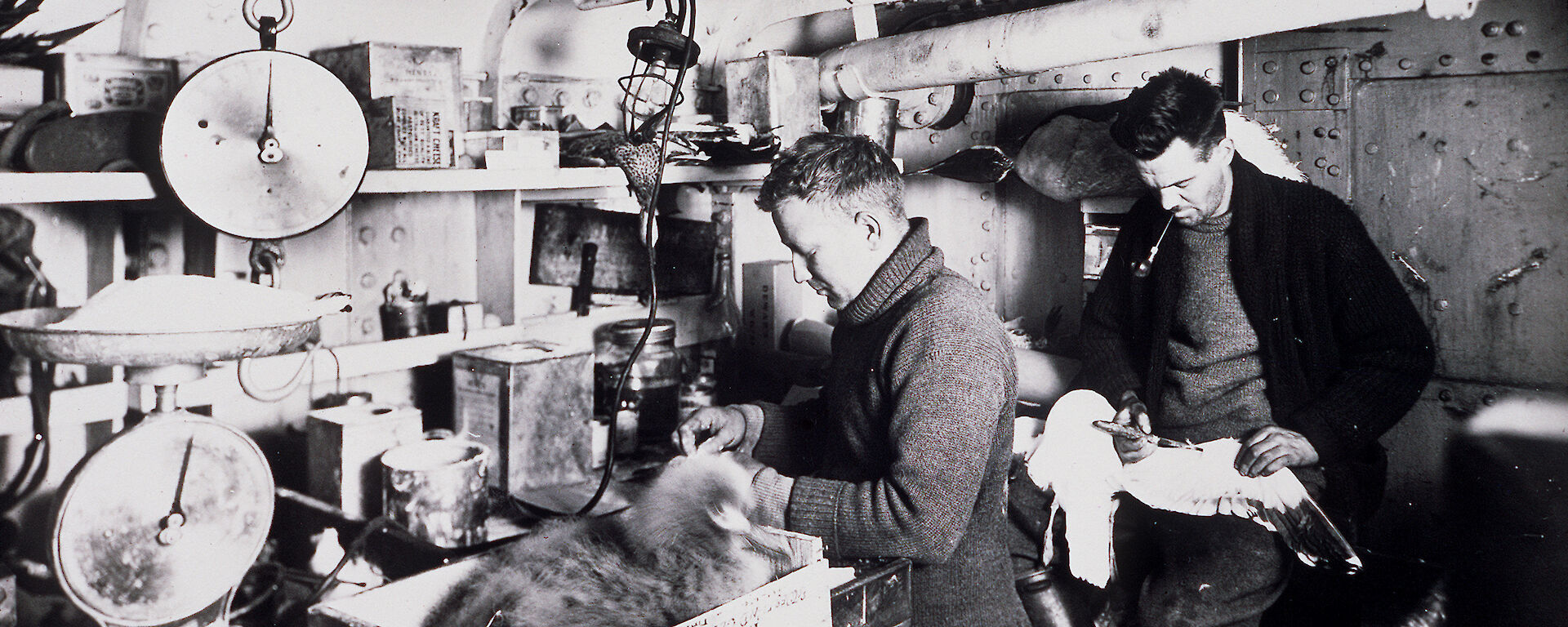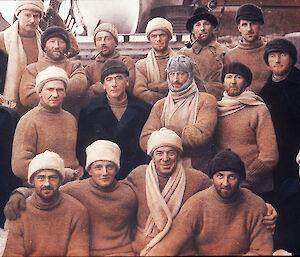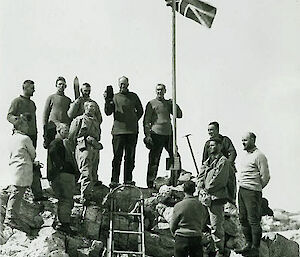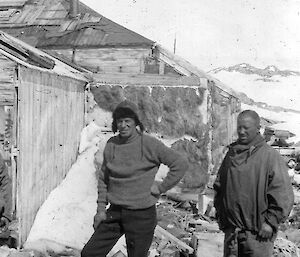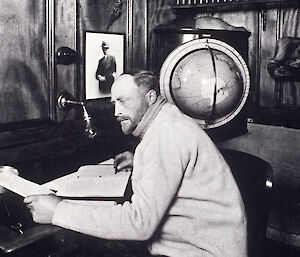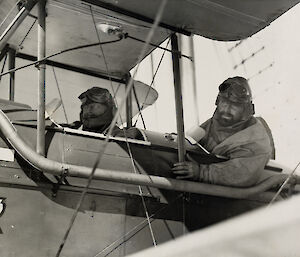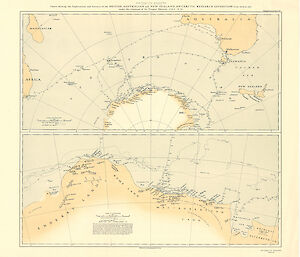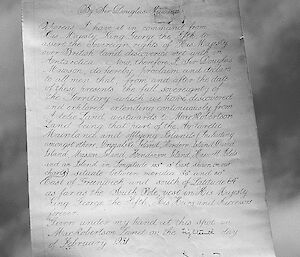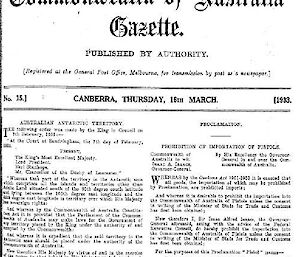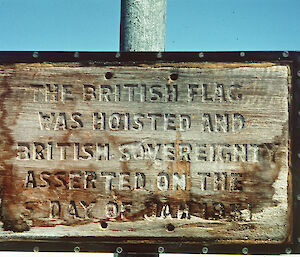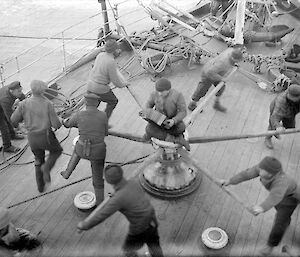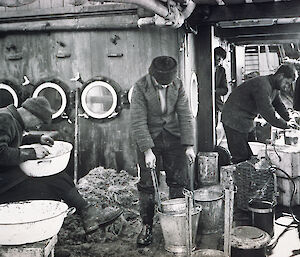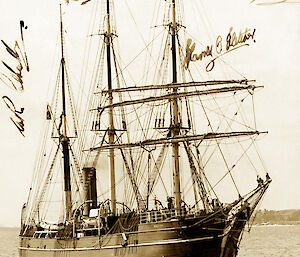When Mawson and his party emerged from the ice in 1914, the world was spiralling into World War I. Several of the men who had survived the hardships of Antarctica then died in the war in Europe.
Meanwhile, Sir Hubert Wilkins, who pioneered flight over the North Pole, made the first flight over Antarctica in 1928. Some years later, Australian John Rymill, leading a British expedition, showed the effectiveness of small parties covering large areas on the ground to carry out high-quality scientific work and cartography.
Douglas Mawson, determined to keep the further exploration of Antarctic in the forefront of the scientific and political mind, brought together the British, Australian and New Zealand Antarctic Expedition. The expeditions were conducted over 2 summers. They were supported by the 3 governments and private backers, including the Melbourne businessman MacPherson Robertson. The British government gave use of the ship Discovery that had been used by Robert Scott on his first Antarctic foray, every spare inch of which was filled with coal briquettes to allow for greater passage through the ice.
3 new landings were made and aircraft flights discovered the BANZARE Coast and Princess Elizabeth Land. The expedition also generated scientific results that were so voluminous that reports were still being published 3 decades later.
In 2 summer voyages, Discovery and the expedition aircraft traversed the whole coastline from 45°E to 160°E. They defined the limits of what was to become the Australian Antarctic Territory. Mawson made proclamations claiming sovereignty for Britain over Antarctic lands at each of landfall.
‘An extensive programme of scientific work and observations embracing many disciplines was successfully carried out. Tonnes of zoological specimens were obtained from deep and shallow dredgings and nettings in little-known subantarctic and Antarctic waters… Approximately 100 prominent geographical features were named by Sir Douglas during the two voyages.' Fletcher, H, (1984) Antarctic days with Mawson
Excellent accounts of the BANZARE expeditions outlining the science conducted and the journeys undertaken include Harold Fletcher’s Antarctic Days with Mawson and The winning of Australia’s Antarctica, an edited version of Mawson’s papers by A. Grenfell Price.
Staff and crew of BANZARE
BANZARE 1929–30
- Douglas Mawson (Australia) – Expedition leader
- T Harvey Johnston – Senior biologist
- WW Ingram – Medical officer
- Harold Fletcher – Assistant zoologist
- Robert A Falla – Ornithologist
- A Howard (Australia) – Hydrologist
- Stuart Campbell (Australia) – Aviator
- Eric Douglas (Australia) – Aviator
- Ritchie Gibson Simmers – Meteorologist
- JWS Marr – Hydrological and plankton specialist
- Frank Hurley (Australia) – Photographer and cinematographer
- Morton Moyes (Australia) – Cartographer
Ship’s party SY Discovery 1929–30
- Captain John King Davis – Captain and Second in charge of expedition
- KN Mackenzie – First officer
- WR Colbeck – Second officer
- JB Child – Third officer
- WJ Griggs – Chief engineer
- BF Welch – Second engineer
- AJ Williams – Wireless officer
BANZARE 1930–31
Changes to the 1930–31 party included:
- AL Kennedy – Magnetician
- Lieutenant C Oom, RAN – Cartographer (replacing Morton Moyes)
Ship’s party SY Discovery 1930–31
- Captain Mackenzie – Captain and Second in charge of expedition
- Max Stanton – First officer

